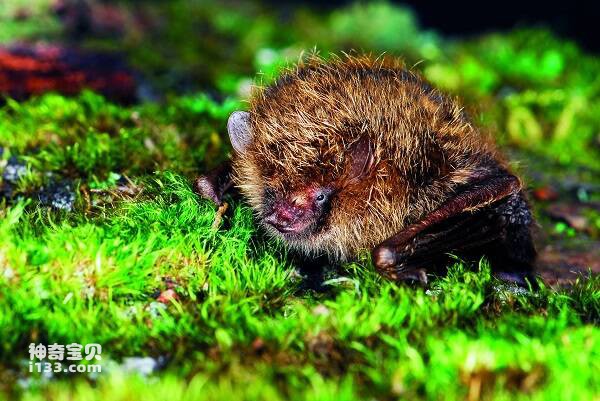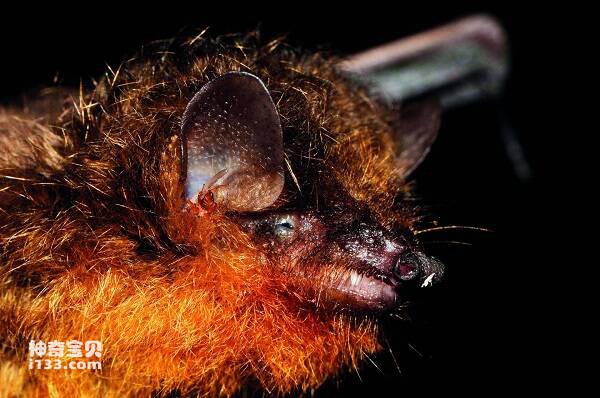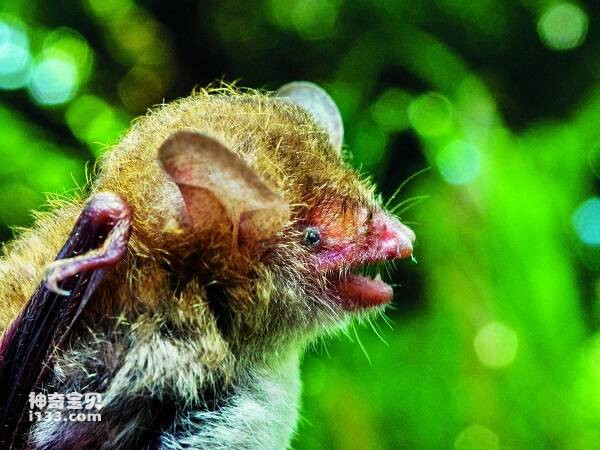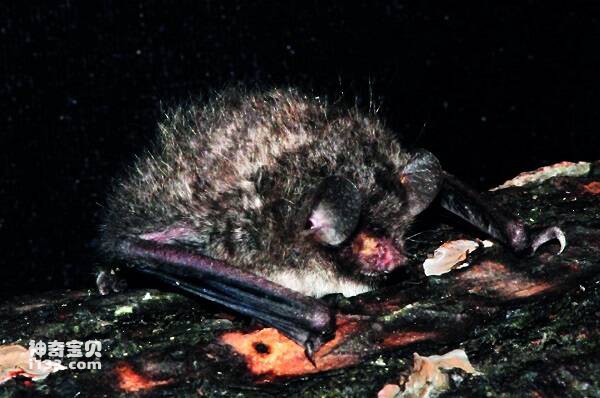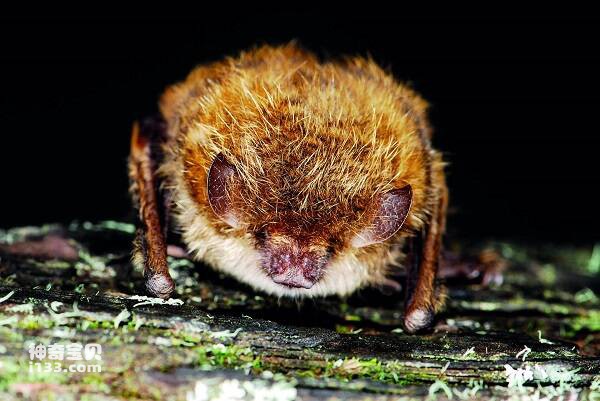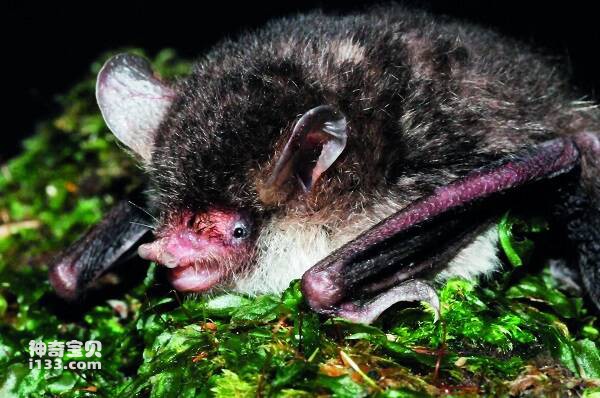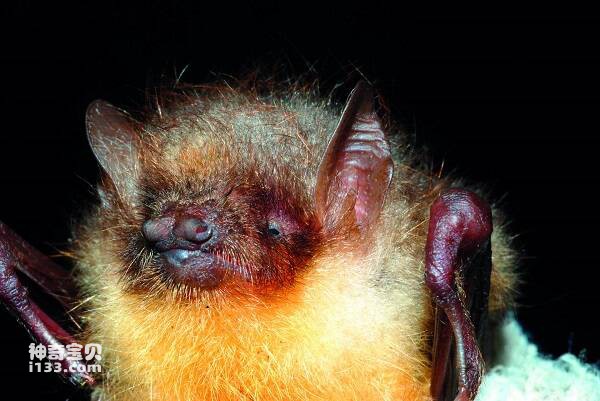Myotis badius
IUCN
LCBasic Information
Scientific classification
- name:Myotis badius
- Scientific Name:Myotis badius
- Outline:Chiroptera
- Family:Chiroptera Batidae Myotis
Vital signs
- length:
- Weight:4-6g
- lifetime:
Feature
The ears are longer than they are wide and have a spear-shaped tragus.
Distribution and Habitat
It is currently known to occur only in Yunnan, China, but its potential distribution may spread throughout southern China.
Appearance
Myotis minuta. The forearms are 35-37mm long and the ears 13-17mm long. Weight 4-6g. The hair on the back is brown or chestnut, and the hair on the abdomen is similar in color to the back hair and is light brown. The outer ears are short and blunt at the top; The tragus is short, less than half the length of the auricle, pointed and straight at the front. The alar membrane is wider and the 5th metacarpal bone is longer, about 4/5 of the 3rd metacarpal bone. The caudal membrane begins at the metatarsal bone of the 1st digit. The tail tip is 0.45mm outside the caudal membrane.
Details
Chinchilla bats belong to the Myotis siligorensis group, which was first identified and named in Yunnan, China, in 2011。
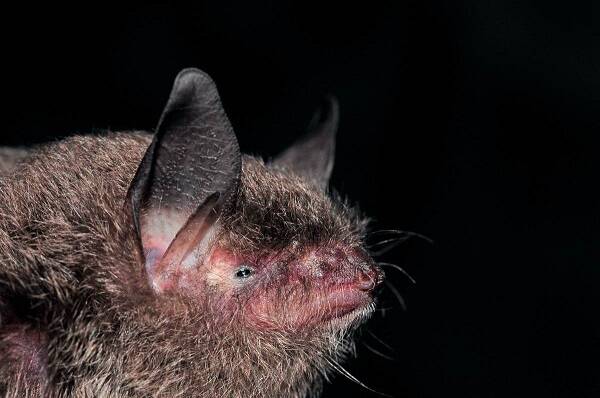
It often lives in limestone caves at higher elevations, surrounded by forests and shrubs. Often co-habitates with other bat species, Such as the Chinese Rhinolophus sinicus, the lesser Rhinolophus pusillus, the great hoofbat (Hipposideros armiger) and the South China Water Myotis laniger. This kind of short FM echolocation call emits multiple harmonics, the energy is mainly concentrated in the first harmonic. Fly out after dusk to hunt.

